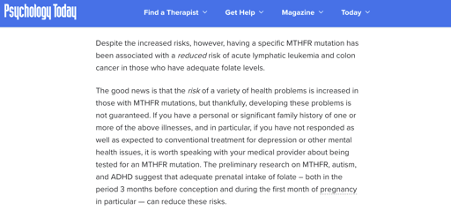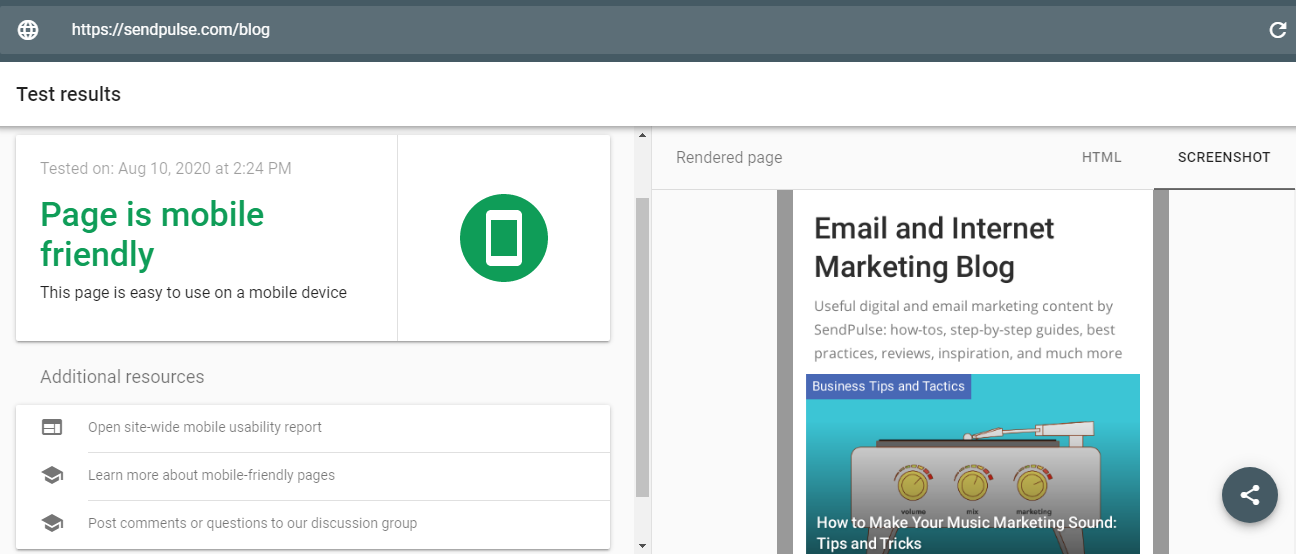You created the perfect website and made sure to publish high-quality content on a regular basis. You do your best to promote it through different channels. Is that enough for substantial success? You’ll have to try a bit harder. Technicalities matter, too. To attract enough attention to your site, you have to make sure it shows up in Google’s search results.
Getting on Google’s first page isn’t easy. You may have the most relevant content to the user’s quest, but did you show that to the search engine’s crawlers? This is one of the most interesting SEO statistics: Google’s algorithm uses 200+ factors to rank websites in its results. Some of these factors are confirmed by their webmasters. Others are controversial, but still, yield good results when done right.
If you’re a beginner in website maintenance, working on 200+ factors is nearly impossible. You’ll need to focus on a few important SEO trends, which work in 2020. We’ll list five crucial techniques that you’ll benefit from.
Content:
SEO trend #1: Voice search
When working on search engine optimization, most people tend to focus on the way they assume that Google’s bots work. Their goal is one thing and one thing only: to identify the user experience that your website provides. This brings us to a logical conclusion: it’s great to know SEO tricks, but user experience should be your main focus.
That being said, you should know that voice search is getting more prominent by the day. According to Google’s reports, 27% of the global online population uses voice search on mobile. This percentage is only going to get higher in the future.
What does this mean for your website? You should no longer focus solely on keywords that users type in Google. You should introduce complete questions in your content, which people usually ask when they want to find the type of content you provide. “Hey Siri, who makes the best quality maternity clothes?” If this is something your target user would ask, “Who makes the best quality maternity clothes?” would be a great subheading for your next blog post.
SEO trend #2: User experience and technical aspects
Technical SEO is still important. It encompasses elements like robots.txt, information architecture, status codes, schema.org, page speed, canonical tags, and more. It’s a webmaster’s job to make the site comprehensive for the search engine’s crawlers.
But this mustn’t come at the expense of user experience. We all remember the days when we were trying to trick Google with technicalities alone. That no longer works. You can use an SEO score checker and get perfect results, but you still won’t rank if your site isn’t geared towards user experience.
We need to understand that technical SEO should be used with the intention of improving the UX design. For example, your users should benefit from readable headings and image tags. They will definitely appreciate a mobile-friendly website, too.
The most important SEO trend today is to align your technical and UX strategies, so they will work towards a single goal.
Take a look at the mobile version of the Forbes website. It’s a popular site, but many people have started avoiding it. It’s cluttered with ads and it takes time to go through the article. The ads make the page load slowly. The lack of proper headings to break up the text is also a problem.

This is a good example of a website that has a decent mobile version, but the technicalities haven’t been aligned with UX goals.
SEO trend #3: Content that focuses on E.A.T.
E.A.T. stands for Expertise, Authoritativeness, and Trustworthiness. Content that meets those three standards is one of the most important on-page SEO trends of 2020. Google’s bots crawl your website with an intention to see if your content can demonstrate these principles to the audience.
You’ll prove your expertise by communicating knowledge in an engaging way. Your content should present truthful information that’s easy to read. You’ll start with keyword research to figure out what your target audience needs. Then, provide that knowledge.
Let’s take Wait but Why as an example for expertise.

The articles are incredibly well-researched and based on facts. The authors take months before publishing another post or a series of posts. That’s because they learn everything about a topic before sharing their results. That’s why the huge base of followers stay loyal to the blog, no matter how scarce the posting schedule is.
How do you achieve authority? You need to include links and citations from authoritative and relevant sources. Find studies, statistics, and expert opinions.
The New York Times always follows that rule. When the authors share arguments, they support them with facts. After reading such an article, you feel like you’ve learned something important.

Finally, all your arguments should be trustworthy and proven with facts. You can’t say something like “people with vitiligo are more likely to develop celiac disease” if you’re not ready to prove that with research and facts.
Psychology Today meets the “trustworthy” standard by mentioning the limitations of the studies it uses as sources. You’ll also see sentences like “MTHFR gene mutation can increase the likelihood of mental health issues” instead of “MTHFR gene mutation leads to mental health issues.” The authors always follow the facts and keep the limitations of research studies to mind before they claim something.

SEO trend #4: Video content
Video marketing is becoming more important than ever. On Instagram, videos create more engagement than images and carousels. Should we even start talking about TikTok?
But video content isn’t important only for social media. Your website needs it too. A video will keep your visitors’ attention longer than a long page of text. Google’s bots will notice that. You can still include text for those who cannot watch because they are in the office without the option to use headphones. Give options to your visitors, so you’ll boost your chances to keep them on your website.
SEO trend #5: Mobile first
Who doesn’t use a mobile device nowadays? Do you need information? It’s at your fingertips. When people search for information via mobile, the search engine strives to offer them websites that show well on their devices. If yours doesn’t meet that criterion, it’s bad news.
To stay competitive in a mobile-driven world, you need a responsive and dynamic website design. You should also search for mobile keywords as a separate category. Improve your content’s format, so it will appear well on a smaller screen.
To check whether Google finds your website mobile-friendly or not, you can try the Mobile-Friendly Test. Just type in your website URL or paste a piece of code and click on the Test URL button. After the tool measures how easily users can access, read, and navigate the site on mobile devices, it returns you a list of any mobile usability problems that it finds and suggestions for improvement.

What benefits do you get by following SEO trends?
These are just trends, and you have a unique website. The SEO strategy for your online project should be tailored according to your specific target audience, the type of content you publish, and consistent analytics. However, you will still benefit from following the most important trends in the SEO industry.
The strategies that used to work in 2010 may not be relevant in 2020. Back in the day, we were used to keyword stuffing. It took us a long time to understand that Google is smarter than that. Now, we have more complex trends, which combine technicalities with UX design.
The least you can do is try. Implement these strategies one by one, and observe the analytics. Watch the changes carefully and you’ll see how your website benefits from the extra attention.







